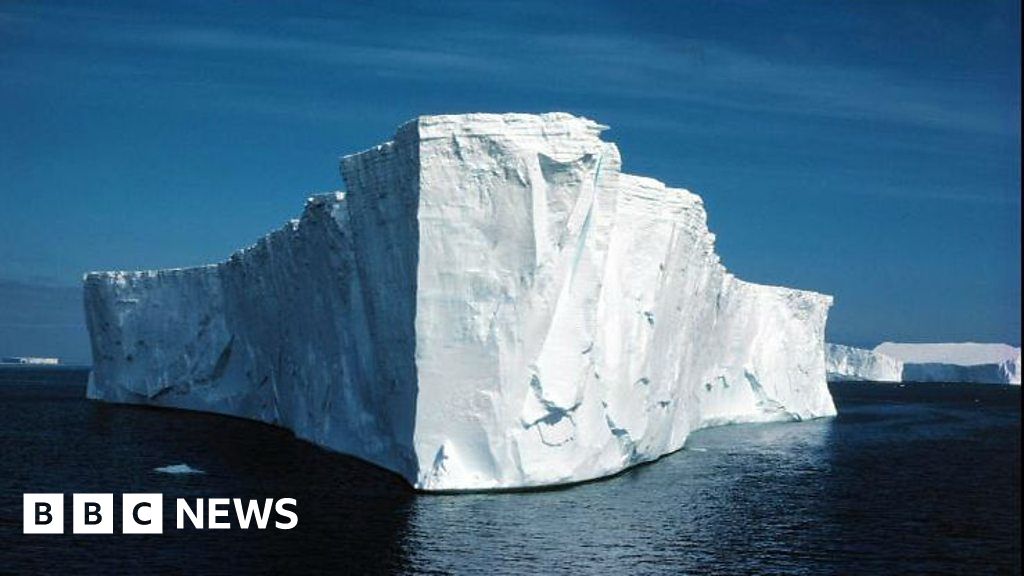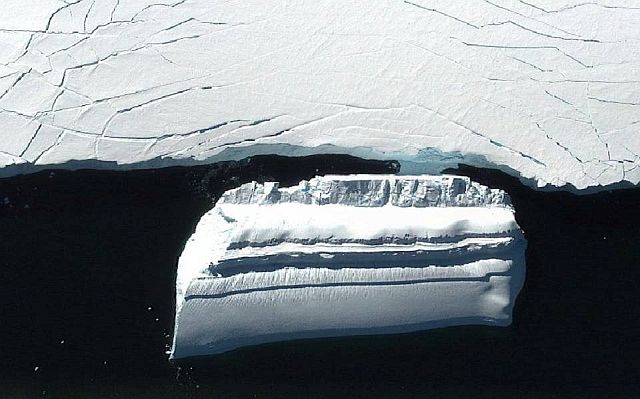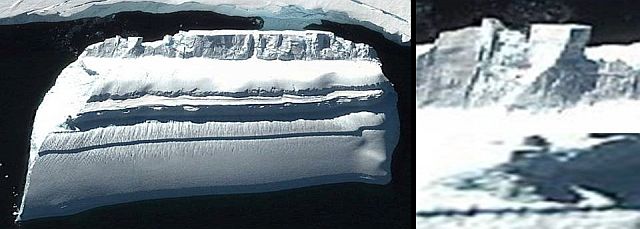

Importantly sea ice freezes and melts in the ocean with no effect on sea level. This is different from an iceberg which results from ice which formed on land but calves off a glacier or ice shelf into the ocean. Polar bear stands on melting sea ice at sunset near Harbour Islands, Nunavut, Canada. Sea ice forms when the ocean freezes to form a layer of floating ice. What’s the difference between an iceberg and an ice floe?Īn ice floe generally refers to an expanse of sea ice which is floating on the ocean. As icebergs disintegrate, they can also split and large pieces can dramatically fall off into the ocean. Since icebergs are mostly below the water and most melting also happens below the water, they can become top heavy, unstable and roll. Large tabular icebergs do not flip frequently, but other icebergs are known to dramatically roll over. Due to minor variations in the density of the iceberg and sea water, there is some variation how much iceberg is below the water. © APG/Gettyīecause of this density difference icebergs float in water. Since water expands as it freezes, the same mass occupies more space and so ice is less dense than liquid water. How much of an iceberg is underwater?Īpproximately 90% of an iceberg is below the water, hence the phrase “only the tip of an iceberg”. The largest iceberg ever recorded was called B15 and was 295 km long and 37 km wide (larger than the whole island of Jamaica). The iceberg is presently heading straight for the British Overseas Territory of South Georgia where it may become grounded. The largest iceberg presently in the ocean is called A68a, which is 158 km long and 48 km wide (roughly the size of Cyprus), containing around a trillion tonnes of freshwater. A boat sails through icebergs near Melchior islands in Antarctica. They can reach a height of more than 100 m (300 ft) above the sea surface. ©Cavan Images/Getty How big are icebergs? Ice breaking off the Perito Moreno Glacier, Los Glaciares National Park, Argentina. Icebergs are also found in some inland lakes where glaciers terminate, for example in Patagonia. Once formed, they can drift some considerable distance, sometimes into sub-polar and temperate waters, and into major shipping lanes.

They can also frequently found in the sub-arctic region of Chesapeake Bay (Canada). Most icebergs are generated from the glaciers and ice shelves of the Antarctic continent and land-masses adjacent to the Arctic Ocean. Particles such as algae, rock dust and patches of saltwater can all make the icebergs appear multicoloured. However, certain parts may otherwise appear green or brown, which is the result of other particles in the ice which changes how the light is reflected. Icebergs appear blue because ice absorbs more longer wavelength light (yellow/red colour) than shorter wavelength blue light, therefore reflected light is blue. Why do icebergs appear blue, green and stripey? They could remain grounded for months to years until they melt enough to float again and continue drifting. However, they may become grounded when they enter waters that are too shallow, and they become stuck on the sea floor. Do icebergs float?Īll icebergs float initially. When icebergs break off, the process is known as calving. Pieces of ice naturally break off and float away – these are icebergs.

If the ice reaches the sea it often continues to extend as a floating ice shelves or ice tongues. Ice on land flows towards the ocean as glaciers and ice sheets. © Monica Bertolazzi/Getty How do icebergs form? Icebergs floating into the Arctic Ocean of the Kanja ice fjord in Ilulissat, Greenland.

To be an iceberg, the height of the ice must be greater than 5 m (16 ft) above sea level and the thickness must be greater than 30 m (100 ft) and the ice must cover an area of at least 500 square m (5400 sq ft).įloating pieces of ice smaller than this are termed “bergy-bits”, or smaller again, “growlers”. Iceberg guide: how they form, where they're found, and how they're used by wildlife What is an iceberg?Īn iceberg is a large piece of freshwater ice is floating freely in open (salt) water.


 0 kommentar(er)
0 kommentar(er)
